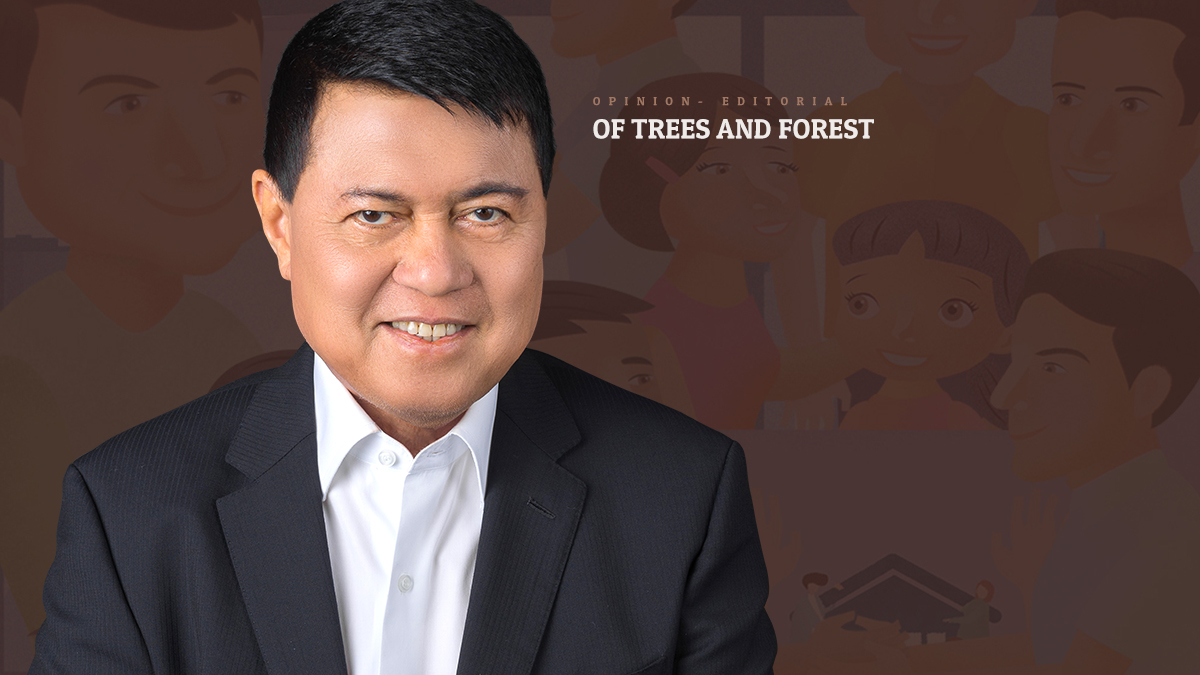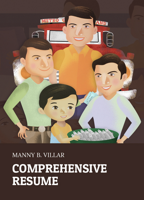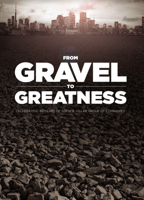When I was a young kid helping out my mother sell shrimps and fish in Divisoria, we would head out of the house around midnight so we can catch the auction and secure our “paninda” for the day. It was so early that my Nanay Curing would tell me to get some sleep. And so after we have set up our stall, I would lie down in a small bench and take a nap for about 15 to 20 minutes. When I woke up, I would be energized and ready to help out in selling our “paninda.”
Even at a young age, I appreciated the value of a power nap. I had friends who hated it when their mothers would force them to take a nap. “Hindi naman ako inaantok e (I'm not sleepy)!” But a mother really knows best. Today, I have continued with that habit, “nakaw na tulog (stolen sleep)” as others have playfully labeled it.
I always make it a point to get some shut-eye in between meetings. Sometimes after a long and grueling meeting, I would have 10 to 15 minutes of break and I would use that to nap. Most of the time, I would take a nap while en route to my next appointment. This comes in very handy especially when there is tremendous traffic — one of the few upsides of this urban problem.
In my experience, that brief, blissful shut-eye in the middle of the day is the ultimate productivity hack. My normal days are usually made of a marathon of meetings and seemingly endless discussions. So I have learned to take power naps from time to time in order to keep my mind sharp. Studies have already determined that the power nap is a tool that can recharge your brain and body in as little as 20 minutes.
According to an article by the Harvard Medical School, a power nap, defined as “a short nap that lasts anywhere from 10 to 30 minutes,” can effectively increase our level of alertness and focus. The Harvard article further explained that “power naps allow our body and mind to rest without entering deeper stages of sleep.” Several studies in fact have discovered that NASA pilots, who must maintain razor-sharp focus in their jobs, have been found to improve their alertness by 54 percent and performance by 34 percent after a short nap.
But it is not just for astronauts and businessmen, the power nap has been mastered by working people too. I remember when we visited Hong Kong and we would take the MTR or the bus, we would see locals catching a quick nap. The same is true of Filipino workers who would take a nap in buses, jeepneys, and the LRT or MRT in order to recharge.
I know people who would sneak in a 15-minute nap during their lunch breaks. I have also read that there are some companies here and abroad that actually provide dedicated nap pods or nap rooms for their employees. Power naps are not just for personal recharging. In the context of an organization, you would want your people to value their health because healthy workers equal productive workers. An article from forbes.com cited studies that indicate that power naps can lower blood pressure, reduce the risk of heart disease, and boost the immune system.
In my experience, it is always good to integrate power naps in your routine. I keep it short, about 20 to 30 minutes, and after a nap I make sure to walk around a bit in order to shake the cobwebs off. This prepares me for my activities the rest of the day. Think of the power nap as a pause. You would not want to be working every minute of the day. At some point you next to step back, close your eyes, and recharge.
I know that in the scheme of things, talking about power naps is not exactly at the top of the list of things one needs to do in order to be successful. It might not be glamorous but it is an essential element in ensuring your health so you can function more effectively.





